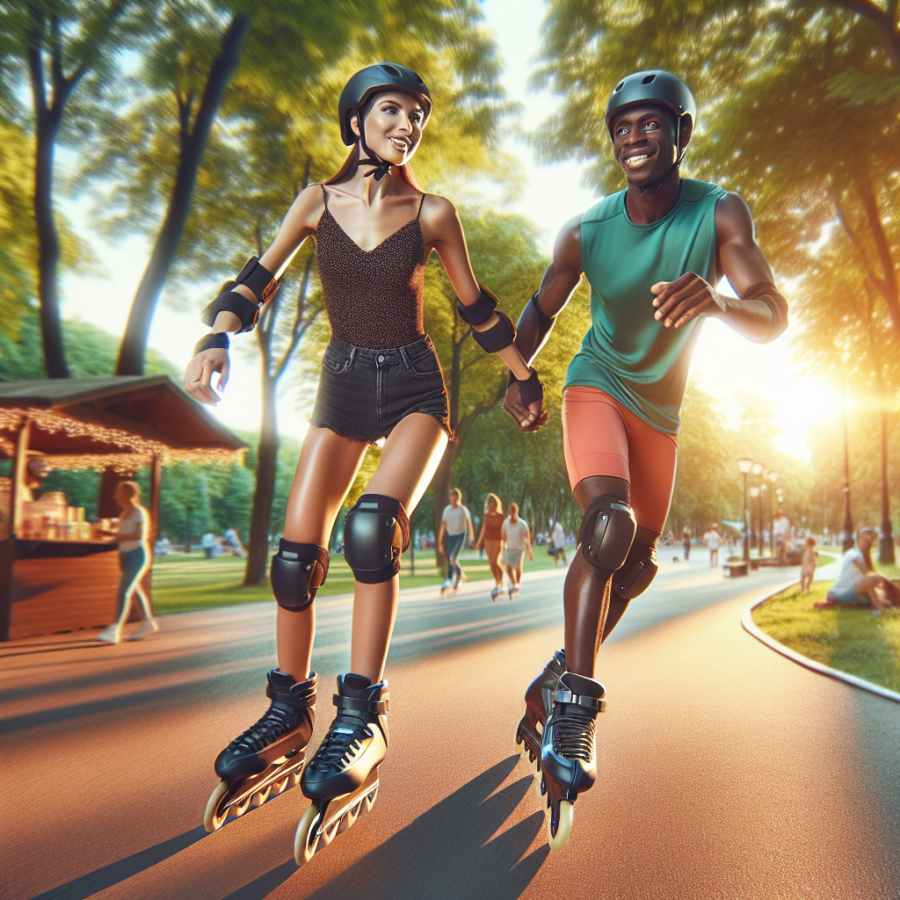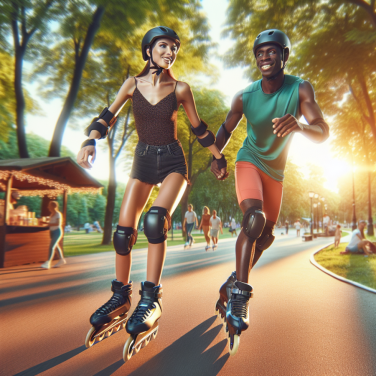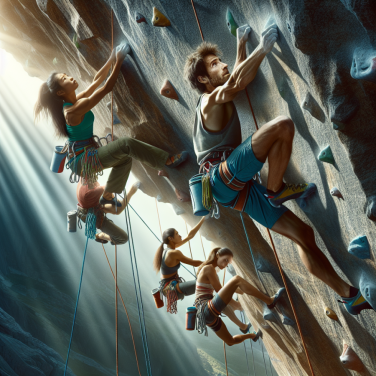Perfecting Your Stance and Stride: Essential Techniques for Inline Skating Success
Perfecting your stance and stride in inline skating is analogous to fine-tuning an instrument—it's essential for a harmonious and dynamic performance. Your stance is the foundational posture from which all your movements originate, while your stride is the repetitive motion that propels you forward. Together, these two elements form the core of your skating technique.
To begin, let's delve into achieving the optimal stance. A proper skating stance starts with slightly bent knees, which serve as natural shock absorbers and provide the low center of gravity necessary for balance and agility. Your feet should be shoulder-width apart, toes pointing forward or slightly out, depending on what feels most natural and provides the best stability. Your upper body plays a crucial role as well—maintain a slight forward lean from the ankles (not the waist), keeping your back straight and your head up to observe your environment. This position readies you for quick maneuvers and ensures better control.
Now that you have your stance, let's focus on the stride. A powerful and efficient stride in inline skating begins with the push-off. The push-off should originate from the heel of your skate, transferring weight from the inside edge of the blade towards the outside. As you push off, extend the pushing leg fully to maximize the stroke. The recovery phase is equally important. After full extension, lift the skate slightly and return it to the starting position in a controlled manner. Properly timing the recovery phase ensures that your skate is ready for the next push-off without loss of balance or rhythm.
But a proficient stride is not just about your legs. Arm movement is crucial as it contributes to your overall balance and propulsion. Your arms should swing naturally in opposition to your legs; as your left foot extends back, your right arm swings forward, and vice versa. This reciprocal movement helps maintain momentum and balance.
Perhaps the hardest part for many is coordinating the pushing, gliding, and recovery aspects of the stride. It's the glide phase, when one foot remains on the ground while the other is in recovery, that showcases the efficiency of your technique. The longer you can maintain a smooth glide without losing speed or balance, the more effective your stride will be. It takes practice to find the rhythm and timing that works best for you.
Drills can be particularly useful for developing your stance and stride. Try practicing on a smooth, flat surface where you can focus on the mechanics without too many external distractions.
Read also:
Ascending to New Heights: The Thrill of Sport Climbing
Navigating Urban Obstacles and Nature Trails: Advanced Inline Skating Tips for Every Environment
Navigating urban landscapes and natural trails on inline skates requires a unique set of skills and considerations to ensure both safety and enjoyment. Whether you're weaving through city obstacles or cruising along a serene forest path, mastering these environments can significantly enhance your inline skating experience.
In the urban jungle, skaters must be alert to a variety of obstacles, such as uneven pavement, curbs, potholes, and pedestrian traffic. To safely maneuver through these challenges, it's essential to develop a strong foundation in balance and agility. Practice quick turns and sudden stops using the T-stop or powerslide method, as these techniques are crucial for avoiding unexpected barriers.
When approaching curbs and steps, experienced skaters can employ the ‘jumping technique’. Start by bending your knees and then spring up with a quick hop, rolling away smoothly upon landing. For larger obstacles, a running start followed by a calculated leap will help you clear the hazard with confidence.
Furthermore, urban skaters should be comfortable skating backward, as this skill allows for quick changes in direction without losing sight of oncoming obstacles. Incorporating backward skating into your practice sessions will also improve your overall balance and control.
Street skaters also encounter various surface conditions. To manage this, adjust your wheel configuration for better shock absorption on rough terrain, opting for larger, softer wheels. Additionally, learning how to distribute your weight effectively can prevent falls and enhance stability when dealing with cracks and debris on the road.
Transitioning from concrete jungles to natural trails presents a different set of challenges. Nature paths are often narrower and have organic debris, like leaves, twigs, and rocks. It's essential to keep your eyes on the path ahead and be prepared to swerve and avoid potential hazards. Skaters must also be aware of the changing conditions, such as wet patches or mud, which can dramatically affect traction and control.
To conquer uneven terrain, use a staggered stance, with one foot slightly ahead of the other, to increase stability and improve shock absorption. Periodically switching the lead foot will help in maintaining balance and avoiding muscle fatigue.
For longer nature trails, pacing yourself is critical. Unlike urban skating, where bursts of speed might be necessary to avoid obstacles, trail skating is often about endurance. Consistent, fluid strides and controlled breathing will help maintain your energy levels throughout your skate.
When venturing into natural environments, always respect wildlife and be conscious of your impact on the ecosystem.




